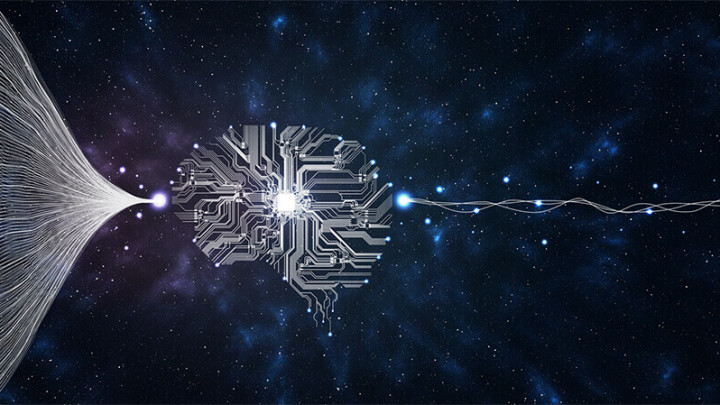Title: Unveiling the Power of Artificial Intelligence and Machine Learning: A Comprehensive Overview
Introduction
In the realm of technology, few concepts have garnered as much attention and promise as Artificial Intelligence (AI) and Machine Learning (ML). These cutting-edge technologies are revolutionizing industries, from healthcare to finance, by enabling computers to learn and make decisions like humans. In this in-depth guide, we will explore the fundamental concepts of AI and ML, their practical applications, and the role they play in shaping the future. Whether you're a curious enthusiast, a developer, or a business leader, this article will provide you with valuable insights into the world of AI and ML.
**Understanding Artificial Intelligence**
Artificial Intelligence refers to the simulation of human intelligence processes by machines, especially computer systems. AI systems are designed to mimic human cognitive functions, such as problem-solving, speech recognition, decision-making, and language understanding. The goal of AI is to create systems that can perform tasks that typically require human intelligence.
**Types of AI: Narrow and General**
AI can be categorized into two main types:
1. **Narrow or Weak AI:** This type of AI is designed to perform a specific task or a narrow set of tasks. Examples include virtual personal assistants like Siri, recommendation systems on streaming platforms, and chatbots.
2. **General or Strong AI:** General AI refers to machines with human-like intelligence, capable of understanding, learning, and performing any intellectual task that a human being can. While we haven't achieved true General AI yet, it remains a goal for future advancements.
**Exploring Machine Learning**
Machine Learning is a subset of AI that involves the development of algorithms that enable computers to learn from and make predictions or decisions based on data. Instead of being explicitly programmed for a task, ML algorithms use data to improve their performance over time.
**Supervised, Unsupervised, and Reinforcement Learning**
Machine Learning can be further categorized into different types based on how the algorithm learns:
1. **Supervised Learning:** In this approach, the algorithm is trained on a labeled dataset, where the correct output is provided for each input. It learns to map inputs to outputs and can make predictions on new, unseen data.
2. **Unsupervised Learning:** Here, the algorithm is given an unlabeled dataset and must find patterns or relationships within the data on its own. Clustering and dimensionality reduction are common unsupervised learning techniques.
3. **Reinforcement Learning:** This approach involves an agent learning to make decisions by interacting with an environment. The agent receives feedback in the form of rewards or penalties based on its actions.
**Applications of AI and Machine Learning**
AI and ML have found applications in a wide range of industries, shaping the way we live and work:
1. **Healthcare:** AI-powered diagnostic systems can assist doctors in making accurate diagnoses, while ML algorithms can predict disease outbreaks and aid drug discovery.
2. **Finance:** Fraud detection, algorithmic trading, and credit scoring are just a few areas where AI and ML are transforming financial services.
3. **Autonomous Vehicles:** ML algorithms enable self-driving cars to perceive their surroundings and make real-time decisions, enhancing safety and convenience.
4. **Natural Language Processing (NLP):** AI-driven NLP technologies power virtual assistants, language translation, sentiment analysis, and content generation.
5. **E-commerce and Marketing:** Recommendation systems personalize user experiences, while AI-powered chatbots handle customer queries and improve engagement.
Conclusion
Artificial Intelligence and Machine Learning have transitioned from science fiction to practical reality, reshaping industries and influencing our daily lives. From improving healthcare outcomes to enhancing business operations, the power of AI and ML is evident in their diverse applications. As we continue to develop more advanced algorithms and systems, the potential for innovation is boundless. Whether you're an aspiring AI engineer, a business leader seeking to harness AI's potential, or simply someone curious about the future, embracing the world of Artificial Intelligence and Machine Learning is an exciting journey toward shaping the technological landscape of tomorrow.

Comments
Post a Comment